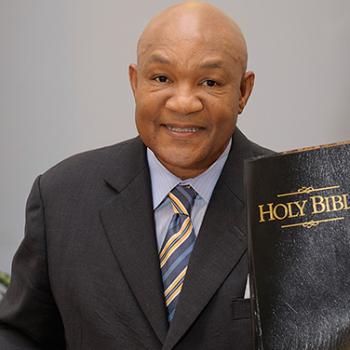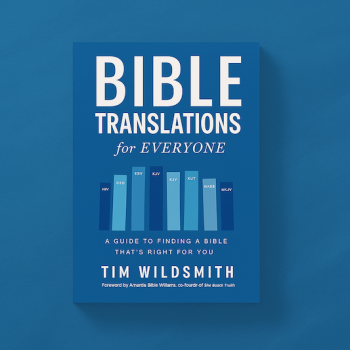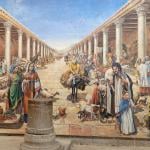Augustine argues in Confessions that time is not reducible to the movement of the celestial bodies. Aristotle agreed; but, as Ricoeur points out, the arguments that Augustine used departed radically from Aristotle. First, if the sun and stars stopped moving, and yet a potter’s wheel continued to move, time would continue. As Ricoeur says, by this argument “the stars are thus reduced to the level of other things in motion.” Second, Augustine hypothesizes about days of greater or lesser length.... Read more



















